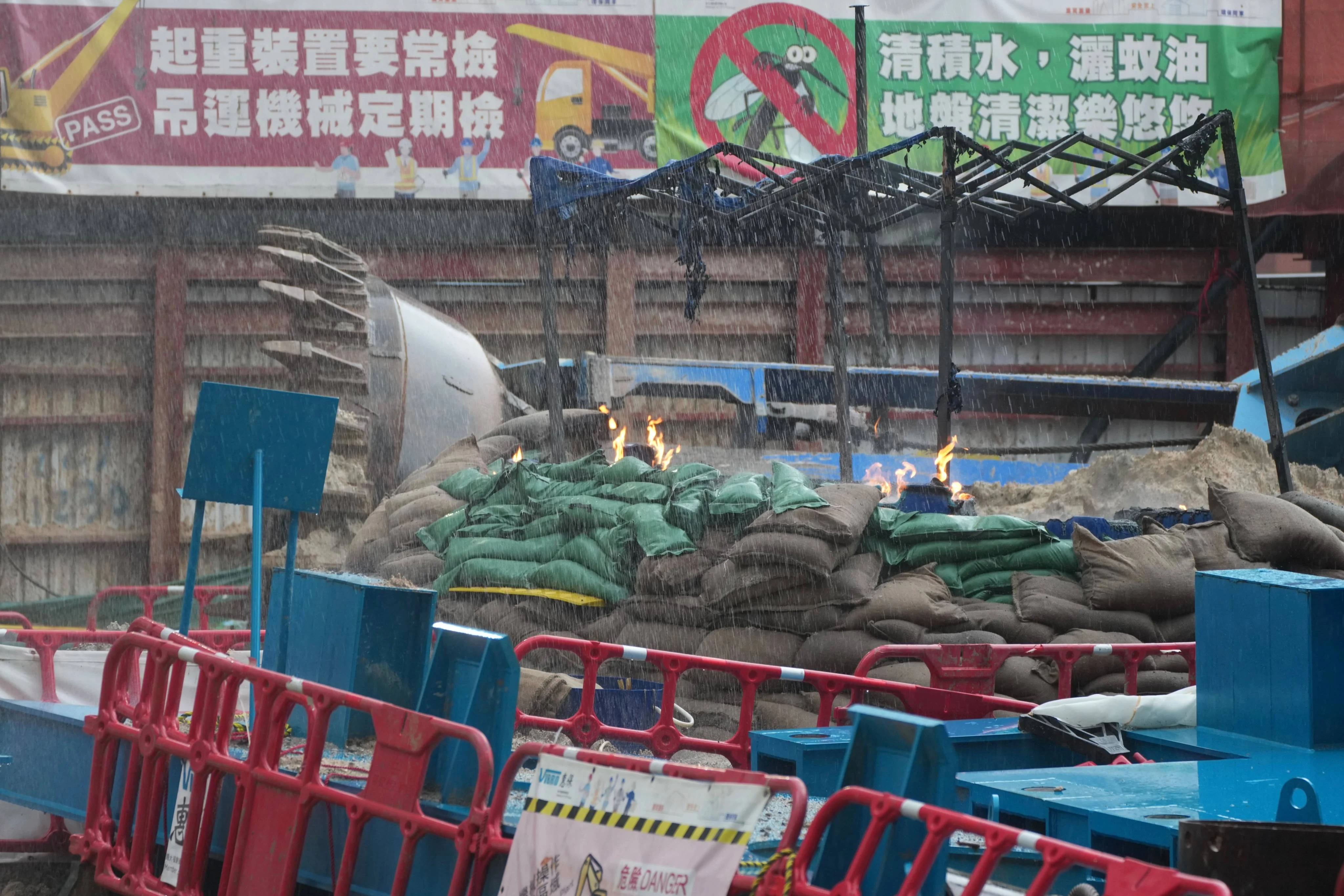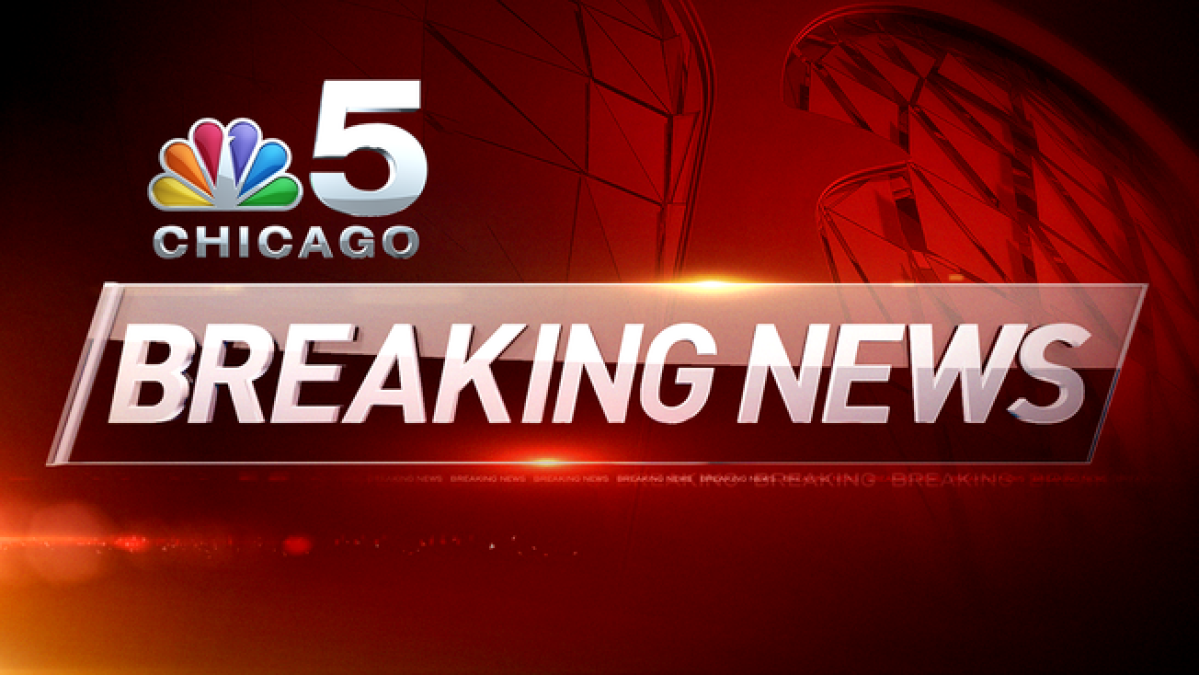By Ambrose Li,Jess Ma
Copyright scmp

A “highly dangerous” wartime bomb discovered in Quarry Bay on Friday is expected to be cleared by 2pm on Saturday, the Post has learned.
A source familiar with the matter told the Post that officers from the Explosive Ordnance Disposal Bureau said the defusing process was still ongoing at 8.42am on Saturday.
“The bomb’s shell has already been cut open, with officers disposing of the explosives inside,” the source said.
The 1,000lb (454kg) wartime bomb was described as “highly dangerous” by authorities on Friday evening, with bomb disposal officers starting the disposal process at 2am on Saturday.
Senior bomb disposal officer Suryanto Chin-chiu said the bomb’s casing and fuses were still intact, making the bomb highly explosive.
Around 6,000 residents in Quarry Bay were evacuated on Friday night from the area around Pan Hoi Street, where the discovery of the bomb was reported to police at 11.15am earlier that day.
The construction site where the bomb was found is a residential development jointly developed by Henderson Land and Swire Properties.
Chief Executive John Lee Ka-chiu, speaking on a radio programme on Saturday, said the police force was very effective and hoped the situation could be resolved as quickly as possible so that things could return to normal.
“We must handle this incident in an orderly fashion,” he said. “We have a very professional police force and we have dealt with this type of bomb before, where we have evacuated 10,000 people at most.”
At least five buses were arranged by the government to take people to six community halls, while some chose to relocate to hotels.
The Civil Aid Service’s command centre operated overnight, with more than 100 rescuers assisting in evacuating residents and providing support to those staying in temporary shelters.
The Transport Department said on Saturday morning that road closures near the bomb site would remain in place.
These include all lanes of Pan Hoi Street between King’s Road and Westlands Road; the Chai Wan-bound lanes of King’s Road between Man Hong Street and Westlands Road; and the Causeway Bay-bound lanes of King’s Road between Yau Man Street and Finnie Street.
MTR Island and Tseung Kwan O lines resumed normal service. Exits A and B of Quarry Bay station, which were temporarily closed, were reopened at around 1.15pm.
A total of 21 bus routes would also be affected and diverted mostly to the Island Eastern Corridor.
Tram services between Shau Kei Wan and North Point, which were temporarily suspended, resumed service at around 1.20pm.
On Saturday morning, residents gathered at the intersection of King’s Road and Tong Chong Street to inquire about road closure arrangements, as many were dismayed to find themselves having to take detours.
A woman surnamed Yeung told the Post that she now has to take a detour from the area opposite exit A of the station to get to work in Sai Wan Ho.
“I now have to walk to exit C to take the MTR to work at the wet market,” she said.
The walk would take around eight minutes.
Yeung was not alone; several other residents were also forced to take detours to get to work, while others had their Saturday morning disrupted.
A retiree surnamed Li told the Post that she was aware of the bomb discovery on Friday but did not expect road closures to last until the following day.
“I thought it would be around 10 hours till 9am in the morning,” Li, 75, said.
She hoped to pick up some daily necessities from a shop on King’s Road and said she would try to reach it from another direction, though she was unsure if she could.
Earlier in the day inside Quarry Bay station, there were MTR staff cordoning off escalators leading to the closed exits A and B, with notices put up and audio announcements broadcast.
Most passengers directly headed towards exit C after arriving at the station, the Post has observed, with only a handful stopping to ask for directions to the remaining open exit.
A real estate professional surnamed Yuen, who was in her 50s, told the Post that the exit closures had affected her plans to visit an appointment-only private sale at Oxford House.
“I’ve asked MTR staff whether the area near exits A and B was still open; they told me it was, but I’m still confused as to how I could get there,” Yuen said.
“It’s dreadfully far to walk there from exit C.”
Yuen said she was not sure whether she could reach the sale venue within the time slot she had booked, saying she would call an ex-colleague who worked in the neighbourhood for directions.
Over at the Quarry Bay Community Hall, which has been taking in affected residents since Friday evening, the Post observed around 30 people, mostly elderly, staying inside the hall shortly before noon on Saturday.
Lights were dim inside, with residents sitting on chairs while some seemed to be sleeping. Around ten care team members wearing vests stood at the entrance, asking those who entered the hall to register their names.
The Post observed more than 20 packed lunches on a table inside the hall and boxes of soda crackers outside.
Professor Kwong Chi-man, a military historian at Baptist University, explained that records showed that the US Army Air Forces dispatched 24 bomber planes to raid Taikoo Dockyard on April 2, 1945, each carrying six 1,000lb bombs.
“Using ArcGIS to georeference photographs taken during the mission by the 531st Bombardment Squadron (Heavy) of the 380th Group, the analysis shows that this squadron’s bombs were dropped exactly over the Pan Hoi Street area, which at the time was the Taikoo Sugar Refinery,” Kwong said, referring to a geospatial platform.
“Therefore, the bomb discovered is very likely a 1,000‑pound M65 bomb dropped by the 531st Squadron.”
Hong Kong was under Japanese occupation from December 1941 to August 1945.
More to follow…



